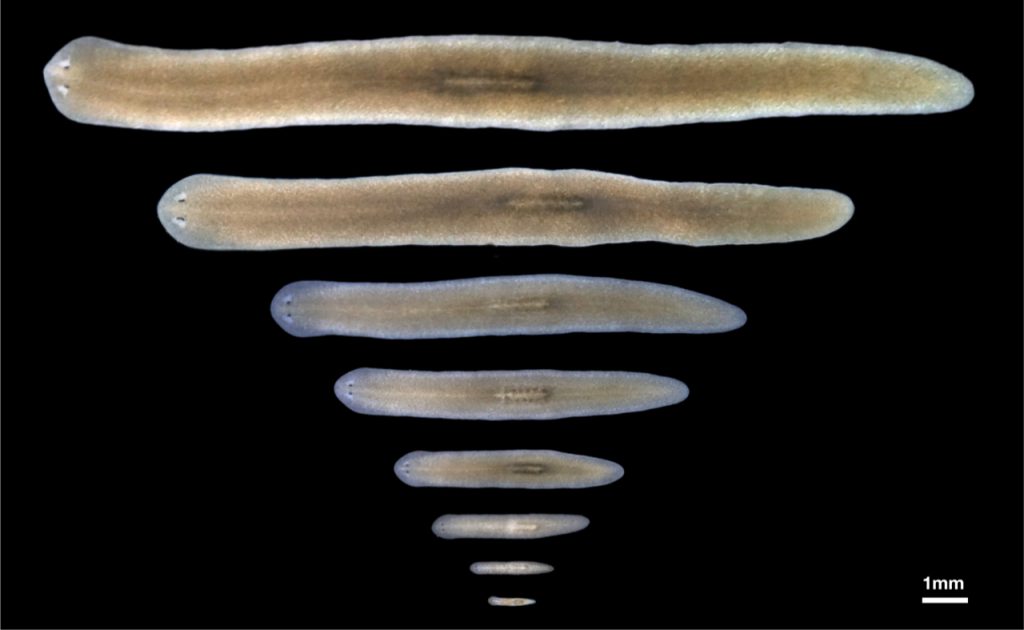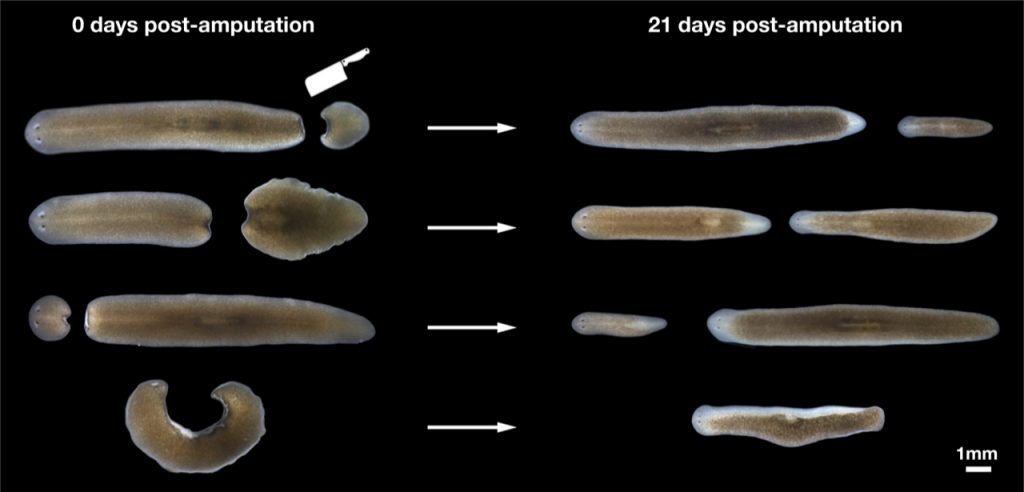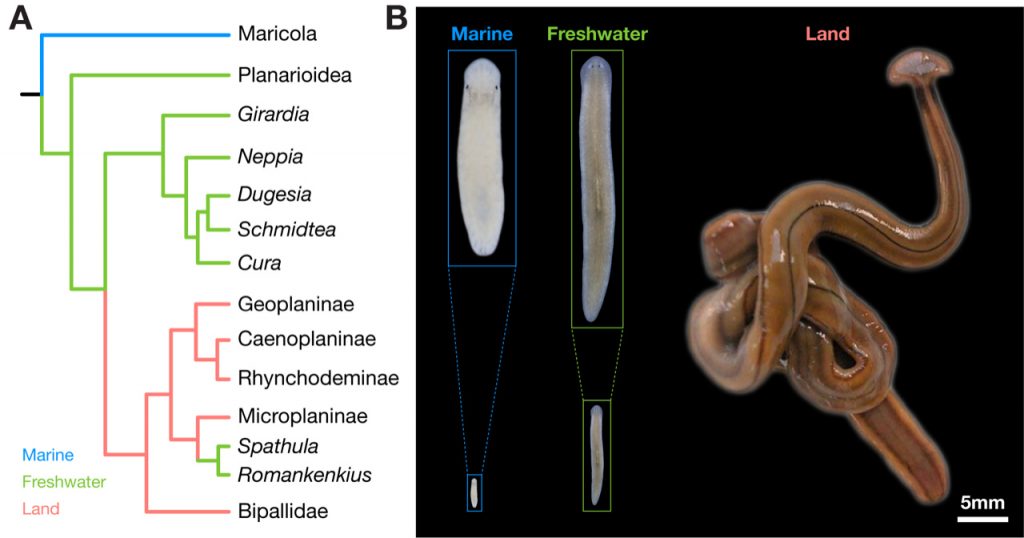
Hanh Vu
Group Leader
ORCID: 0000-0002-4983-102X
EditControl principles of animal body size

Group Leader
ORCID: 0000-0002-4983-102X
EditBody size is indisputably one of the most defining features of a species, with important implications for physiology, ecology, and evolution. However, it remains poorly understood what determines the size of a species and why it differs so much across the animal kingdom. Over the past few decades, converging studies of growth, patterning, endocrinology, and evolution (particularly in insect model systems, such as Drosophila and Manduca) have provided important insights into the genetic and environmental regulation of body size. However, the mechanism by which the animal ‘senses’ that it has reached its final size and therefore stops growing is still largely unknown. Furthermore, the predominant existing paradigm for studying size control – embryonic development – encompasses a small fraction of an animal’s life history and can explain, at most, a three- to fourfold variation in body size. Understanding orders of magnitude variations in body size across the animal kingdom is further complicated by the significant physiological differences among different species. A comprehensive mechanistic understanding of body size control will therefore require new concepts and approaches.
Our group has chosen the planarian flatworm to tackle these questions because they harbour unique biological properties that make them an ideal model system to identify mechanisms of body size control and evolution. First, planarians exhibit extreme adult body size plasticity. For instance, the model species Schmidtea mediterranea can reversibly adjust its length over a 40-fold range and its mass over a 20,000-fold range, according to food availability (Figure 1). Second, the unparalleled ability of planarians to generate a miniature but perfectly proportioned animal from any cut (Figure 2) provides a unique paradigm for understanding how size is sensed and proportionality re-established. Third, there is a variation of three orders of magnitude in body size across planarian species, from the millimetre-long aquatic planarian Procerodes sp. to the metre-long land planarian Bipalium nobile. This tremendous biodiversity and the powerful comparative approaches it enables offer an unparalleled mechanistic handle on the evolutionary origin of body size diversity.
We take an interdisciplinary approach, spanning biochemistry, cell biology, functional genomics, and mathematical modelling to investigate mechanisms of body size determination in the planarian model species Schmidtea mediterranea. Specifically, we ask:
While a detailed investigation of how a single species determines its body size has the potential to reveal underlying mechanisms, understanding how the tremendous diversity of animal body sizes evolved necessitates a comparative approach spanning multiple species. Taking advantage of the three-orders-of-magnitude body size range across planarian phylogeny, and in particular the independent evolution of gigantism (when a group of animals is much larger on average than closely related groups) in land planarians (Figure 3), we aim to identify the mechanisms by which body size diversity evolved. Specifically, we ask:
While many of the projects in the lab are related to planarian body size, we’re always interested in exploring new questions, approaches, and even research organisms – so please don’t hesitate to reach out!


